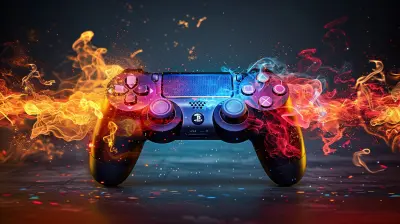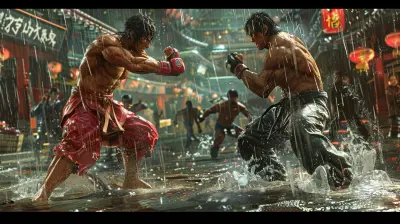How Multiplayer Transforms the Third-Person Shooter Experience
25 October 2025
If you've ever dived into a third-person shooter (TPS) game, you already know the thrill of ducking behind cover, blind-firing around corners, and that satisfying moment when you catch your opponent off-guard. But when you bring multiplayer into the mix? That excitement shoots through the roof. Suddenly, you're not just playing against scripted AI—you’re squaring off with real players who think, plan, adapt, and surprise you at every turn.
So how exactly does multiplayer reshape the third-person shooter experience? Buckle up, because we’re about to unpack the many ways it changes the game—literally and figuratively.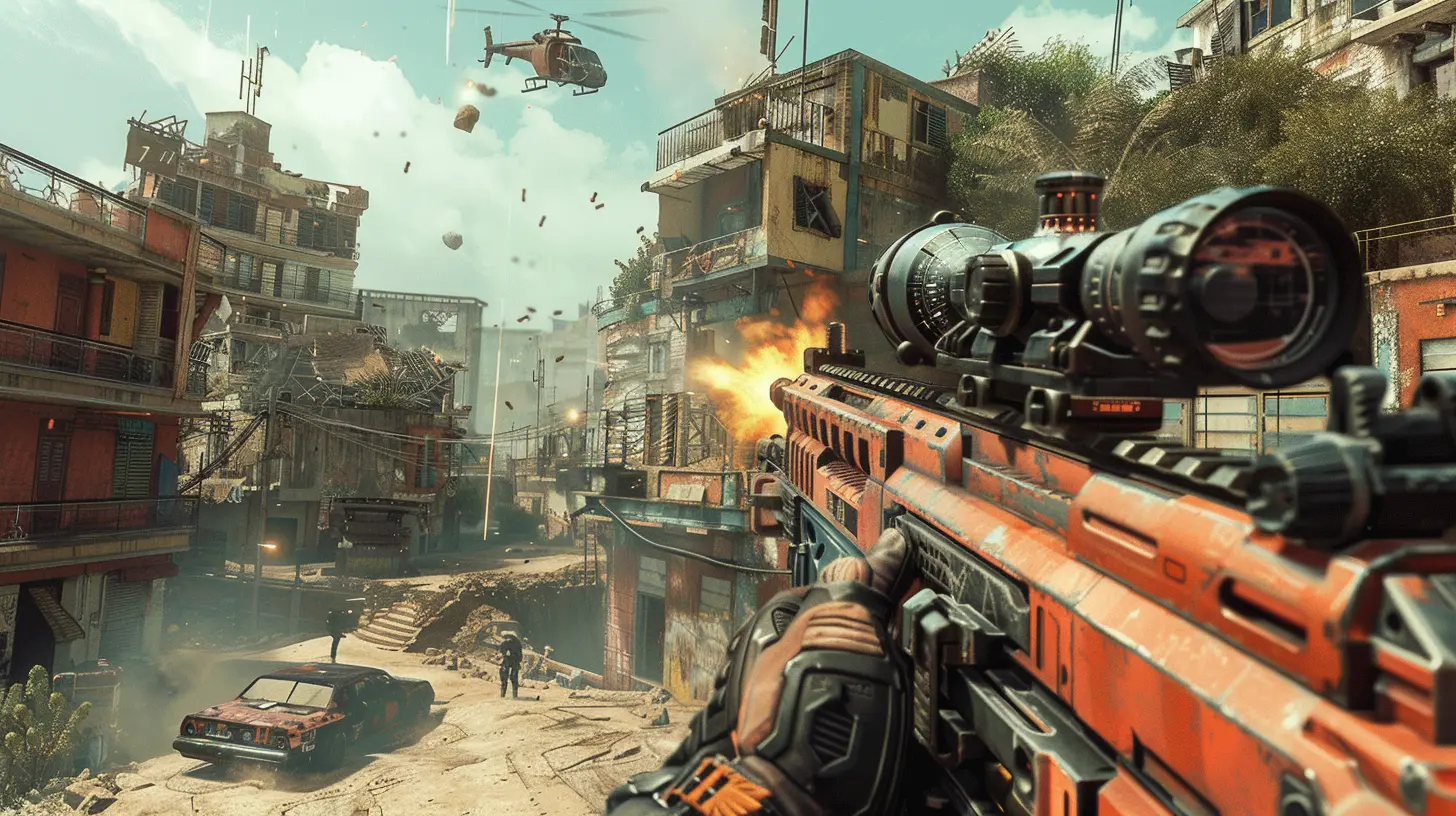
The Core Difference: AI vs. Human Opponents
Let’s start with the basics. In single-player third-person shooters, you’re typically facing enemies controlled by artificial intelligence. Sure, some AI can be reasonably smart—they’ll flank you, call for backup, maybe even take cover. But at the end of the day, their playbook is predictable. You figure them out.Drop into a multiplayer lobby, though, and all bets are off. Now you're up against unpredictable, creative players who adapt faster than any algorithm ever could. Some will rush headfirst; others will play like ghosts, sneaking and stalking. Each match feels fresh because every player brings their own mindset and tactics to the battlefield.
Think about it like playing checkers against your computer versus competing against your best friend. One’s just going through the motions, while the other’s trying to outsmart you at every move.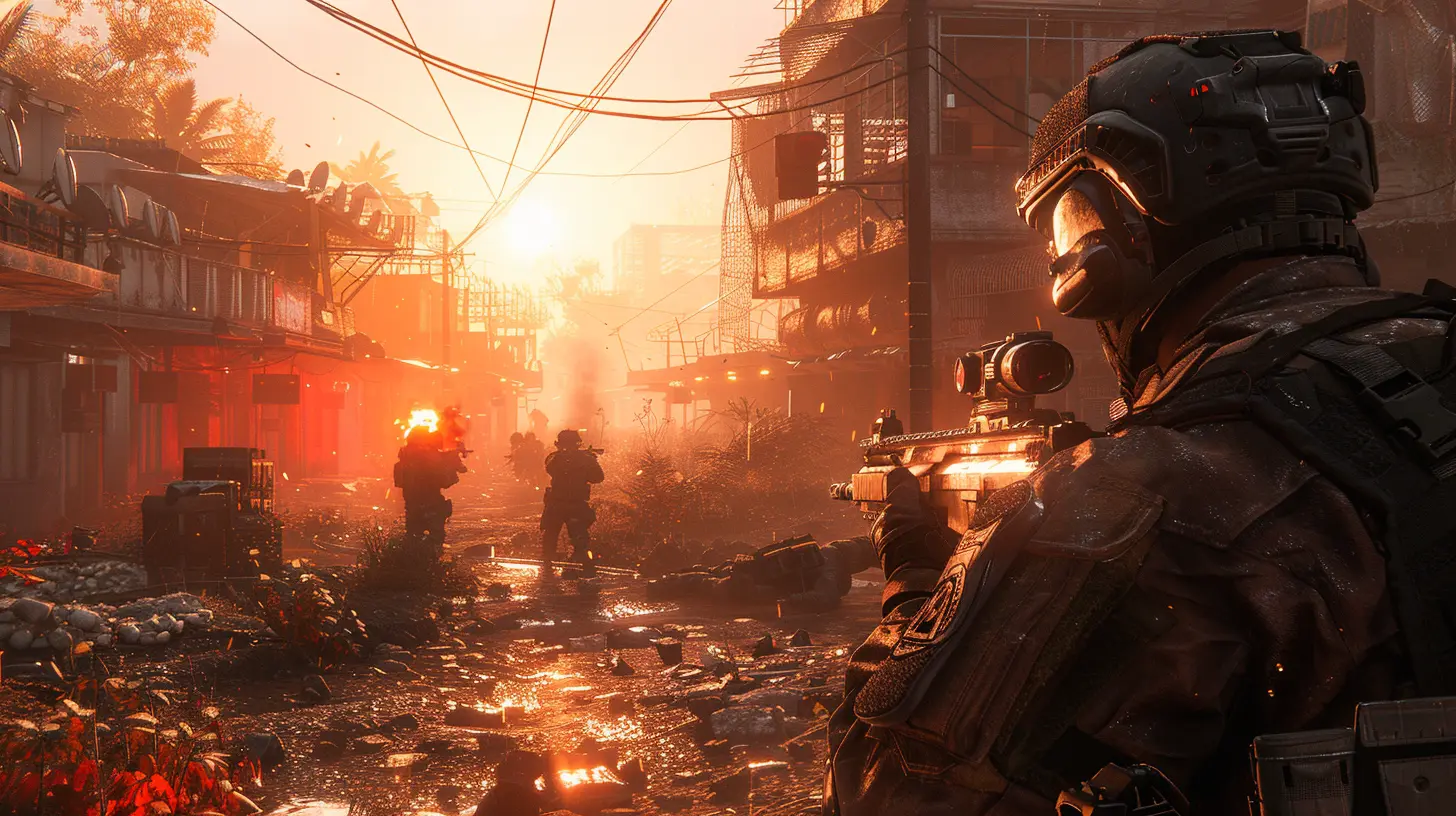
More Than Just Shooting: It’s a Social Experience
Multiplayer turns a third-person shooter from a solo mission into a full-on social event. Whether you're teaming up with friends in co-op, jumping into a deathmatch, or coordinating strategies in a ranked match, you’re no longer isolated. You're part of a community, a squad, a team.Voice chats are buzzing with jokes, callouts, and the occasional (let’s admit it) frustrated outburst. But that’s all part of the charm. Win or lose, you’re sharing the highs and lows with other people—and that bond takes the experience to another level.
Plus, have you ever noticed how multiplayer communities create their own culture? Inside jokes, memes, rivalries, and even custom lingo. This cultural layer gives multiplayer games a rich, immersive feel that single-player modes just don’t quite match.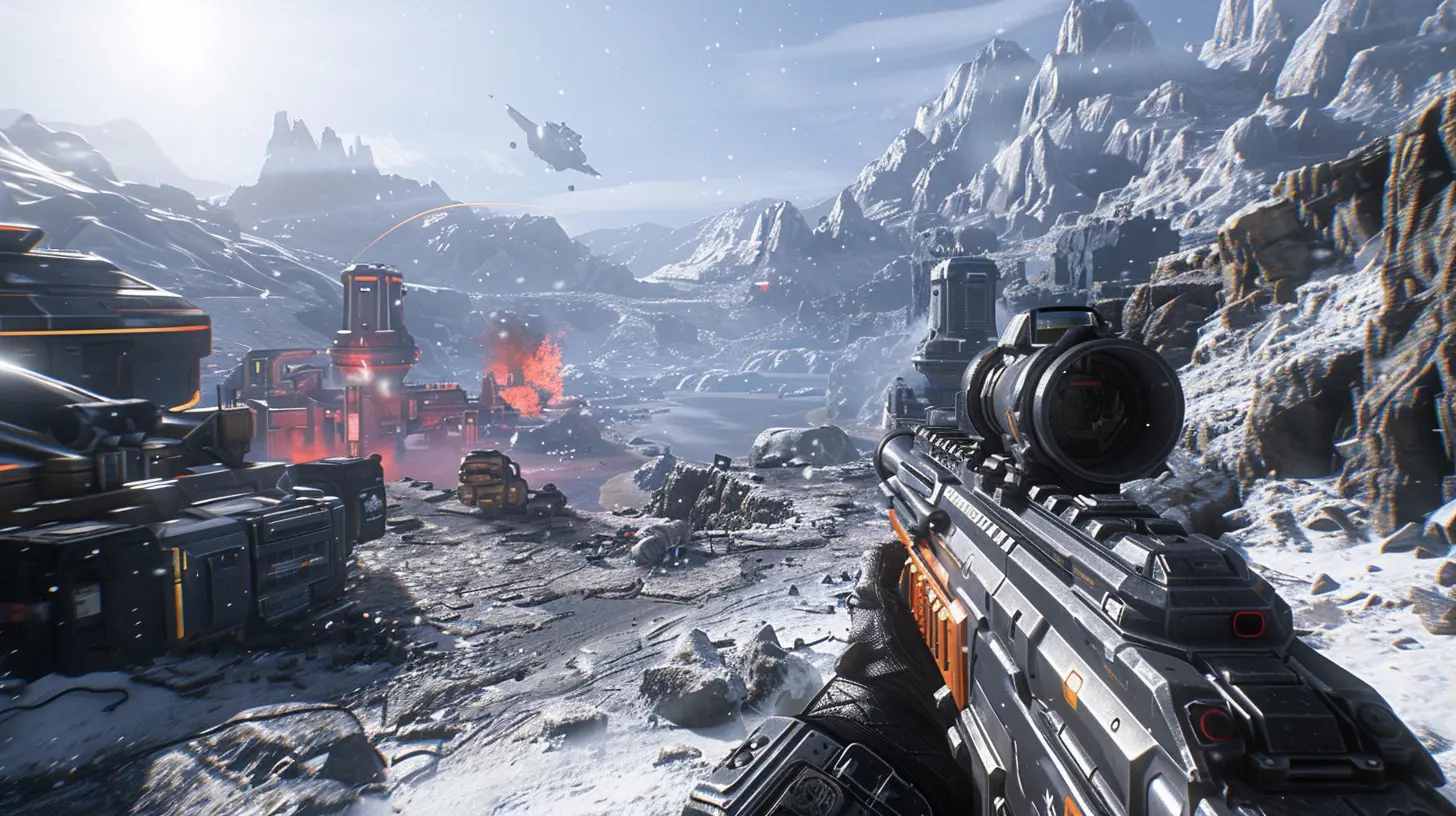
The Strategy Evolves: It’s Not Just Reflexes Anymore
Don’t get me wrong—twitch reflexes still matter. But in multiplayer third-person shooters, strategy becomes the ultimate weapon. It’s not just about who shoots first. It’s about positioning, map knowledge, team coordination, and even psychological warfare (yes, trash talk counts).For example, in a game like Gears of War or The Division 2, knowing when to push and when to hold back can make or break your team. Coordinating flanks, baiting opponents, and setting traps require a level of tactical thinking that single-player campaigns rarely demand.
Multiplayer forces you to think critically, read your opponents, and adjust your tactics on the fly. It’s like playing chess… if every piece also had a shotgun.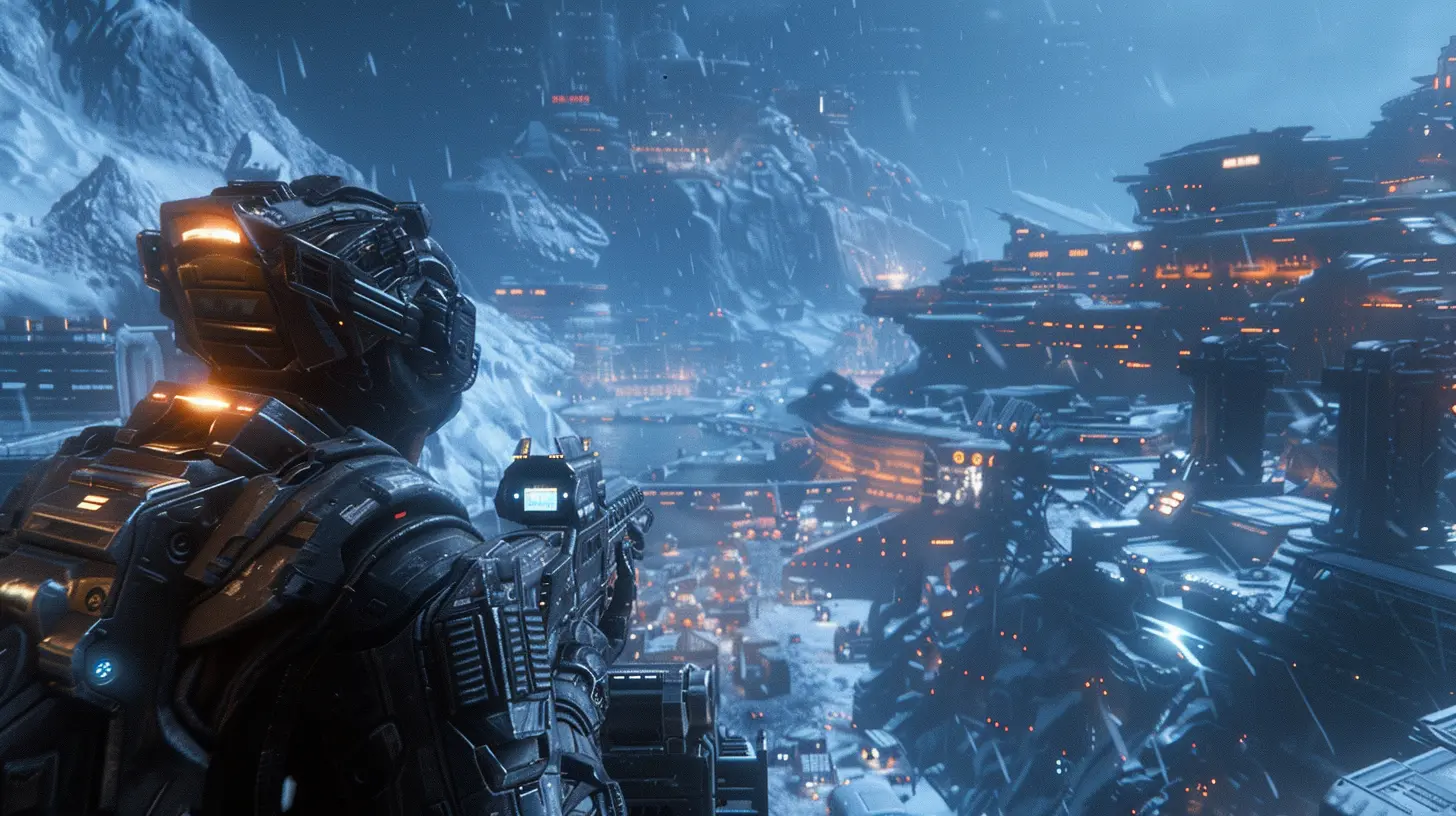
Customization and Progression: Your Character, Your Style
When it comes to multiplayer third-person shooters, customization is king. From cosmetic skins to loadouts to perks that match your playstyle, multiplayer offers a deeper sense of ownership over your character and weapons.You’re not just playing a story—you’re writing your own. As you unlock new gear, rank up, and carve a reputation in the community, your journey becomes uniquely yours.
And let’s be honest: there's nothing more satisfying than showing off a hard-earned skin or flexing with a rare emote after a clutch win. Multiplayer adds layers of personalization that make your time in the game world feel more meaningful.
Replayability Goes Through the Roof
Single-player campaigns can be epic, but even the best ones end at some point. You finish the story, roll the credits, and maybe replay on a harder difficulty. But once you've done it a couple of times, what's left?Multiplayer, on the other hand, is the gift that keeps on giving. With every match being different, you can easily sink hundreds—heck, thousands—of hours into the same game. Add regular updates, new maps, seasonal content, and evolving metas, and you've got a constantly changing landscape that keeps pulling you back in.
You’re never really done. There’s always a new rank to chase, a better strategy to try, or a rival to exact revenge on.
Competitive Play: Turning Casual Fun into High-Stakes Drama
Some players just want to kick back and shoot stuff for fun—and that’s totally cool. But for others, multiplayer introduces a whole new level of competition. Ranked modes, leaderboards, tournaments… suddenly your shooting skills aren't just for personal satisfaction—they’re for bragging rights.Playing competitively in TPS multiplayer hones your reflexes, pushes your mental stamina, and builds resilience. You’ll lose. A lot. But each loss teaches a lesson, and each win feels like a badge of honor.
And if you’re really into it? There’s a thriving esports scene for games like Fortnite, Rogue Company, and others. Spectating, learning from pros, and climbing the ladder yourself becomes its own form of entertainment and engagement.
Synergy and Roles: Everyone Has a Part to Play
In team-based multiplayer modes, success isn’t just about who scores the most kills—it's about synergy. Everyone has a role, and the best teams are the ones where each player leans into their strengths.Maybe you’re the aggressive frontliner, charging in and disrupting enemy lines. Or you’re the support player, healing and reviving teammates while holding down key positions. Each role matters, and knowing your function within the group adds layers of depth to every encounter.
This role-based dynamic turns simple shootouts into complex tactical engagements that feel more like orchestrated battles than random chaos.
The Map Matters: Environments as a Strategic Tool
In single-player modes, maps are usually linear—guiding you from point A to point B. But in multiplayer, maps become battlegrounds for control, positioning, and surprise.Knowing every corner, sightline, and flank route gives you a massive edge. Suddenly, the environment isn’t just scenery—it’s a weapon. One rooftop, one corridor, or one overlooked vent can determine the outcome of a match.
This emphasis on spatial awareness turns each map into a puzzle. And if you're good at solving it? You’ll dominate the competition.
Dynamic Events and User-Generated Content
One thing that has seriously changed the multiplayer scene in recent years is the rise of dynamic, evolving content. Devs now regularly drop in-game events, seasonal challenges, and time-limited modes to keep things spicy.But even cooler? Some games allow or encourage user-generated content—maps, modes, and mods that come straight from the community. This breathes new life into multiplayer third-person shooters long after they launch.
Why does this matter? Because it puts the reins of creativity in players’ hands. You're not just consuming content—you’re helping shape it.
The Emotional Roller Coaster: The Highs Are Higher, The Lows Hurt More
Let's be real—multiplayer gaming makes you feel stuff. There's the rush of a last-minute victory, the sting of a crushing loss, the joy of a perfectly executed plan, and the rage when lag ruins your shot.These emotional spikes are what make multiplayer unforgettable. Sure, it can be frustrating. But it’s never boring.
Like a good sports game, it’s those ups and downs that keep you glued to the screen, chasing that next great moment.
Crossplay and Accessibility: Play With (And Against) Anyone
Thanks to crossplay features in many modern TPS games, you’re no longer limited to just your platform. PC, console, cloud—everyone can play together. This opens the doors to larger communities, faster match queues, and more diverse skill sets.More importantly, it means you can squad up with friends no matter where they’re gaming from. It’s no longer about the hardware—it’s about the shared experience.
And let’s not overlook accessibility features that are being added to make games more inclusive. More people are jumping into multiplayer TPS than ever before, and that diversity only makes things more exciting.
Conclusion: Multiplayer Makes Third-Person Shooters Come Alive
Third-person shooters are already a blast in single-player mode. But throw in multiplayer, and suddenly everything’s amplified. The stakes are higher, the action is more intense, and the connections—both in-game and in real life—are deeper.You’ll find yourself coming back not just for the gameplay, but for the people, the rivalries, the progression, and the thrill of not knowing what’ll happen next. Multiplayer transforms the third-person shooter from a game into an ever-evolving moment-to-moment experience—a digital battlefield where anything can happen, and often does.
So the next time you're debating whether to hit "multiplayer" or "campaign," give the online chaos a try. Who knows? You might just find your new obsession.
all images in this post were generated using AI tools
Category:
Third Person ShooterAuthor:

Audrey McGhee
Discussion
rate this article
1 comments
Max Kirkland
What a fantastic read! I love how you captured the essence of multiplayer's impact on third-person shooters. It really enhances the thrill and camaraderie among players. Your insights are spot on—I'm excited to see how these games will continue to evolve. Keep up the great work!
October 28, 2025 at 3:37 AM

Audrey McGhee
Thank you so much for your kind words! I'm glad you enjoyed the article and found the insights valuable. Exciting times ahead for multiplayer gaming!

